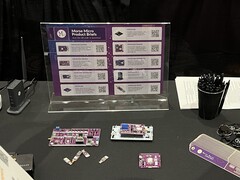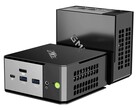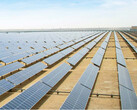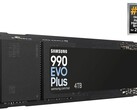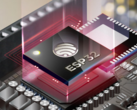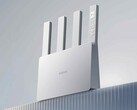Wi-Fi with a range of over 10 miles and less interference than 2.4 GHz — this is possible with 802.11ah, which is also known as Wi-Fi HaLow and operates in the 900 MHz band.
Morse Micro, a company which currently dominates the list of certified devices, is poised to launch products using this new Wi-Fi standard. With a brand-new 8108 chip and reference designs for access points and clients, they aim to introduce routers can cover an entire house, garden, and more. At least, that's their plan.
In the US, Morse Micro wants to connect surveillance cameras to access points. Since this is a Wi-Fi connection, no additional frequency adjustments are required, according to the company. At CES 2025 in Las Vegas, Morse Micro further asserted that the antenna design is expected to be rather simple.
In 2025, the Australian company will primarily focus on the American market. The frequency band is not congested in the US, which means there won’t be much interference. Technologies like frequency hopping, which is already used by Bluetooth devices, aren't necessary. Despite the comparatively bigger challenges, Morse Micro has also set its sights on Europe.
Only 5 MHz for Wi-Fi HaLow in Europe
The biggest issue for 802.11ah in Europe is the limited 5 MHz frequency spectrum. The band spans from 863 to 868 MHz and is further divided into five channels. Morse Micro still intends to enter the European market and has developed a new chip that adapts to different regions, reducing implementation efforts and requiring only a single SKU for all global markets. The firmware automatically adjusts frequencies, which saves further development costs and resources.
The 8108 chip is slated to launch in April 2025, but sample chips are already available today. With the narrow bandwidth in Europe, Morse Micro will focus on the smart city sector. The company will compete with LoRaWAN and similar networking protocols. Transfer speeds with the new chip are expected to reach hundreds of kilobits per second, which is sufficient for sensors and over-the-air updates for smart city devices.
40 Mbps via 802.11ah Wi-Fi would be possible
This is only a fraction of the Wi-Fi standard's full potential. In the US, over 43.3 Mbps could be achieved with the 8108. The net transfer rate is 30 and 23 Mbps for UDP and TCP, respectively. However, this requires a maxed-out configuration and an 8 MHz channel, which simply isn't feasible in Europe. Additionally, modulation density is set to 256 QAM and coding to 5/6.
While other regions offer higher transfer speeds, they still fall short of those in the US. In Australia, Morse Micro estimates that approximately three 4 MHz channels are available, compared to just one in Japan.
The US has the advantage of a 900 MHz band that has been designated as an ISM band in the past, which enables long-range transmissions. For instance, Motorola's digital 900 MHz DTR series radios were able to communicate over several kilometers. In Europe, Motorola had to resort to the 2.4 GHz band, which significantly limited the range of otherwise similar devices.
Despite the rather narrow frequency band in Europe, 802.11ah Wi-Fi still offers certain advantages. Walls cause minimal signal attenuation, and even rain, which severely impacts 2.4 GHz signals, only has a negligible effect on Wi-Fi HaLow signals.
Due to the available frequencies and bigger potential, Morse Micro intends to focus on the US as its primary market in the end of the year. In 2026, they plan to enter the European market by offering specialized Wi-Fi solutions for the smart city sector.
Source(s)
CES 2025 / Morse Micro




